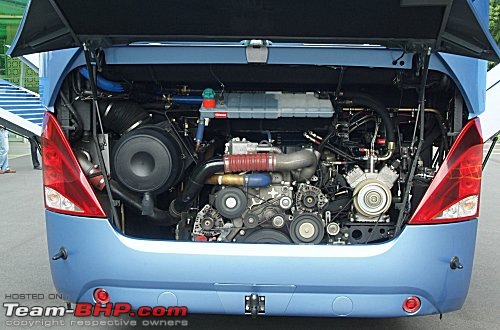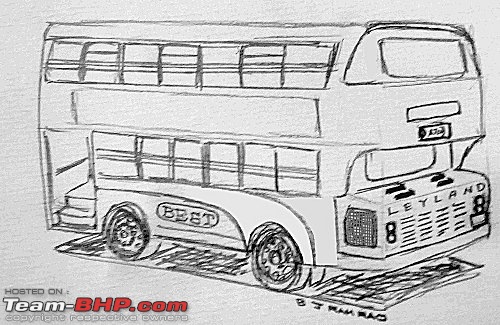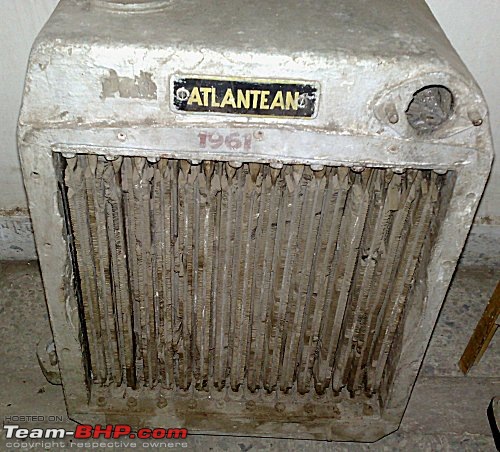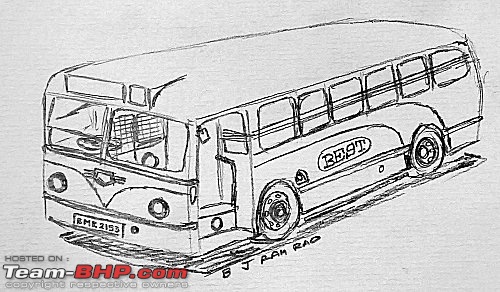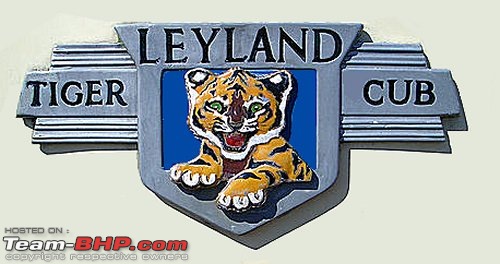| | #526 |
| Senior - BHPian Join Date: Jun 2007 Location: mumbai
Posts: 1,823
Thanked: 384 Times
| |
| |
| |
| | #527 |
| BHPian Join Date: May 2007 Location: Bangalore
Posts: 392
Thanked: 86 Times
| |
| |
| | #528 |
| Senior - BHPian Join Date: Dec 2005 Location: Singapore, Mumbai, Nagpur
Posts: 2,166
Thanked: 219 Times
| |
| |
| | #529 |
| BHPian Join Date: May 2007 Location: Bangalore
Posts: 392
Thanked: 86 Times
| |
| |
| | #530 |
| Senior - BHPian | |
| |
| | #531 |
| BHPian Join Date: May 2007 Location: Bangalore
Posts: 392
Thanked: 86 Times
| |
| |
| | #532 |
| Senior - BHPian Join Date: Dec 2005 Location: Singapore, Mumbai, Nagpur
Posts: 2,166
Thanked: 219 Times
| |
| |
| | #533 |
| BHPian Join Date: May 2006 Location: Bangalore
Posts: 577
Thanked: 155 Times
| |
| |
| | #534 |
| Distinguished - BHPian  | |
| |
| | #535 |
| BHPian Join Date: May 2007 Location: Bangalore
Posts: 392
Thanked: 86 Times
| |
| |
| | #536 |
| Senior - BHPian Join Date: Jun 2007 Location: mumbai
Posts: 1,823
Thanked: 384 Times
| |
| |
| |
| | #537 |
| Senior - BHPian Join Date: Dec 2005 Location: Singapore, Mumbai, Nagpur
Posts: 2,166
Thanked: 219 Times
| |
| |
| | #538 |
| Distinguished - BHPian  | |
| |
| | #539 |
| Senior - BHPian Join Date: Dec 2005 Location: Singapore, Mumbai, Nagpur
Posts: 2,166
Thanked: 219 Times
| |
| |
| | #540 |
| BHPian Join Date: May 2007 Location: Bangalore
Posts: 392
Thanked: 86 Times
| |
| |
 |
Most Viewed






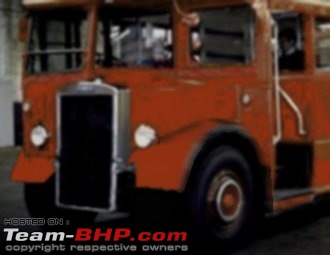
 mounted vertically, Ram ?
mounted vertically, Ram ?